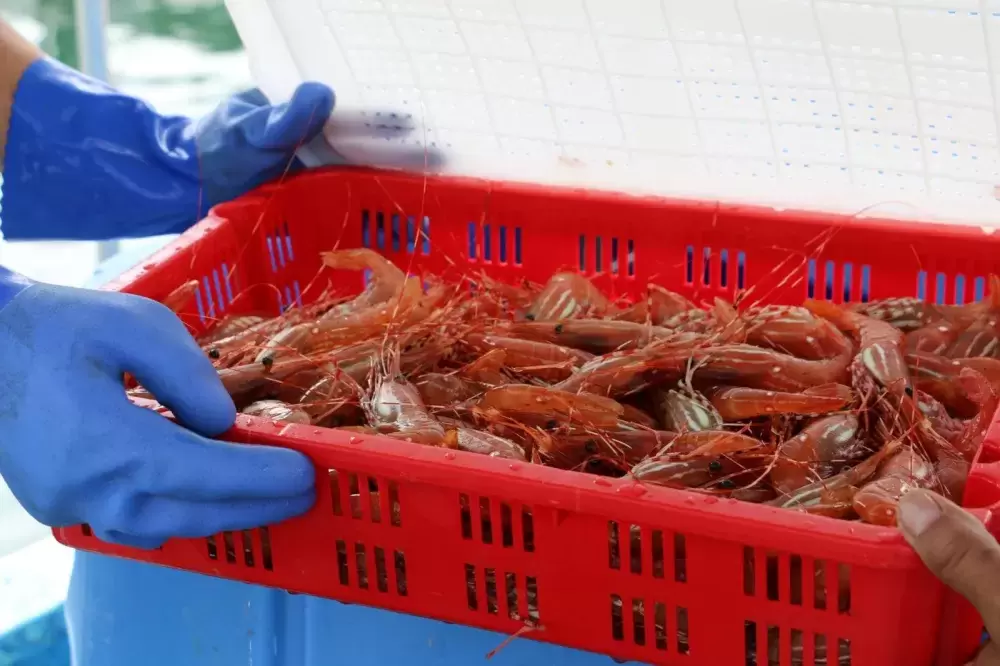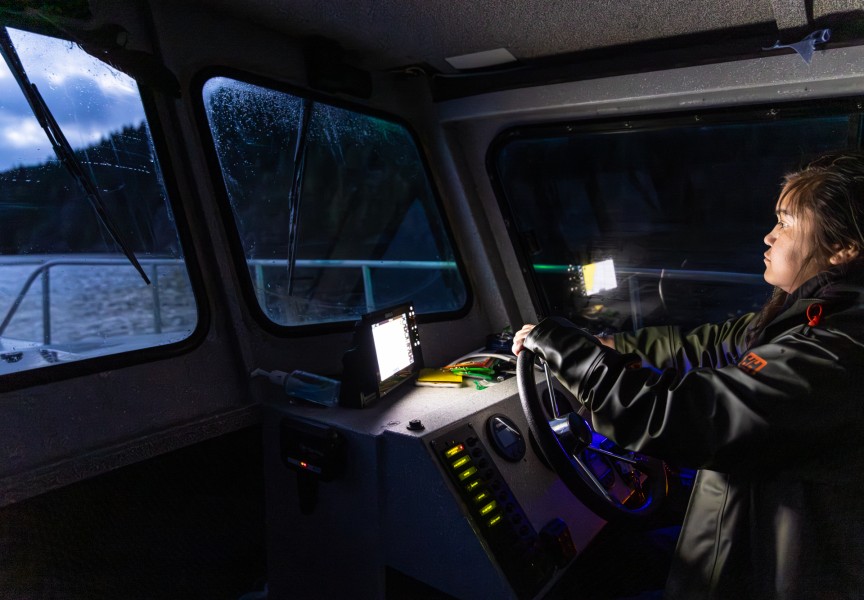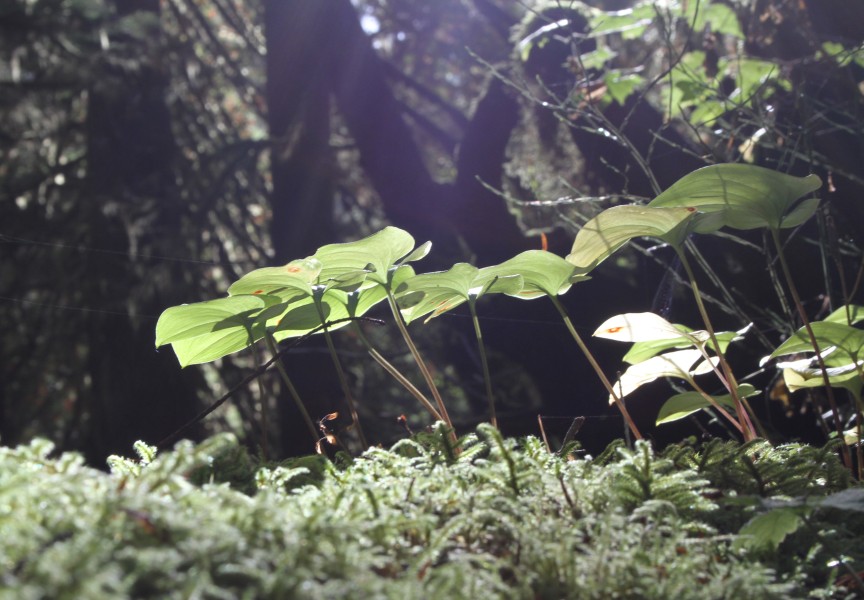DFO has reversed a widely criticized spot prawn management regulation, a decision seen as a major victory for harvesters, coastal communities and all who appreciate the seafood delicacy.
Spot prawn fishermen, including many in Nuu-chah-nulth waters, will be able to continue the customary practice of “tubbing” their catch at sea for the next year or two, a DFO concession that has many heaving a sigh of relief.
“I think we’re all relieved,” said Courtenay-Alberni MP Gord Johns, who was NDP fisheries critic when the regulations were first proposed and continues as deputy fisheries critic.
Fisheries Minister Joyce Murray released a draft of the 2022-2023 prawn and shrimp trap management plan Jan. 17, allowing 30 days for consultation.
“Through our consultations, we heard the need for predictability and were able to reach a workable proposal that provides the industry certainty, while ensuring the fishery’s long-term sustainability,” Murray said.
Last winter, ahead of the 2021 season, the department announced sale of spot prawns frozen in brine would no longer be permitted in order for on-board inspectors to measure catches for size compliance and ensure stock conservation. The restriction would have effectively killed the small-boat fishery in favour of larger company vessels equipped with flash-freeze equipment.
“The phone was ringing off the hook throughout the riding and throughout the coast,” said Johns.
All five T’aaq-wiihak nations fish for Pacific prawn. Three Nuu-chah-nulth nations (Ahousaht, Huu-ay-aht and Tseshaht) hold communal licences for catching prawns commercially. Titimakai (prawn and shrimp) are an important part of the nations’ collective vision for community-based commercial fisheries. The first T’aaq-wiihak commercial prawn fishery was held in 2019.
DFO went back to the drawing board and in December 2021 released a revised version of the regulations considered no more workable than before. That proposal would have required use of 237-millilitre (eight-ounce) tubs in place of 710 ml (24-ounce) containers, driving up costs and plastic use. Again, the department insisted the size change would make it easier for inspectors to measure prawn tails.
“It was just one bad idea after another,” Johns said. “In terms of trust and credibility, this hurt the department significantly.”
Participation in B.C.’s prawn trap fishery has grown over the years and so has the market, enabling those who harvest multiple species to offset declines in salmon and herring opportunities. The prawn fishery alone is the fifth largest commercial fishery on the B.C. coast and is worth about $35 million annually. A lull in the Japanese export market over the past two years due to the pandemic had harvesters selling more to local customers.
Conservation was not at issue for the fishery, Johns said. Coast-wide, the fishery averaged only two violations per year, he noted.
Spot prawns are classified biologically as “protandrous hermaphrodites,” starting life as males and transforming into females halfway through a four-year life cycle. The percentage of females available for spawning is the main factor in determining catch. Catch success varies from season to season with no average condition of abundance. Fisheries are closed when the number of spawning prawns reaches a pre-determined level.
The fishery is ranked one of the more sustainable on the West Coast, recognized as a responsible consumer choice by the David Suzuki Foundation’s Seachoice program, Vancouver Aquarium’s Ocean Wise Program and Monterey Bay Aquarium’s Seafood Watch. Populations are considered healthy and the fishery has a low bycatch of other species.
“It wasn’t about conservation; it was overreach locally by government. It would have basically wiped out rural fisheries, principally First Nations,” Johns said.
Through the federal government’s allocation transfer program and the Pacific Integrated Commercial Fishery Initiative, commercial licence eligibilities from fish harvesters were relinquished on a voluntary basis and re-issued to First Nation organizations as communal commercial licences. Currently, about one-quarter of commercial prawn and shrimp trap licences are held by First Nations along the coast. A total of 253 prawn licences are issued, each one allowed 300 traps per boat.
Elmer Frank of Tla-oqui-aht First Nation has harvested prawns for the last three years. He may not have been able to continue had the proposed restrictions gone ahead.
“It would have pretty much squeezed me out of the industry,” Frank said. “First of all, I don’t have the freezing equipment.”
He estimates it would have required an investment of $20,000 to $25,000 for a fishboat flash freezer unit and other modifications, or purchase of a different boat.
The First Nation’s commercial fishery began in 2019 with just 300 traps divided by three fishboats, Frank said.
“It started off small,” he said. “That was another decision based on a lack of consultation.”
Ultimately, they won out, convincing DFO to allow 300 traps per boat, the same rule applied to others in the commercial fishery.
As it stands, Frank can start planning and readying his traps for the season, which takes place between May and July.
“Yes, I’m absolutely relieved that they’ve changed it,” he said.
For the 2023 season, DFO plans to update licence conditions for the commercial prawn fishery to include requirements for the use of transparent packaging and a maximum packaging volume of up to 710 ml – a size commonly used by industry– for packaging frozen prawn tails in liquid on-board vessels. Again, the regulation is designed to support fishery officers’ ability to readily determine species, number, weight and size of catch.
The whole controversy was an unnecessary stressor for an already stressed industry and points to the need for DFO to rethink its approach to management decisions, Johns said.
“They really do need to focus on the serious issues right now that are facing the department. They need to work much closer with coastal communities and fishery managers,” he said.







